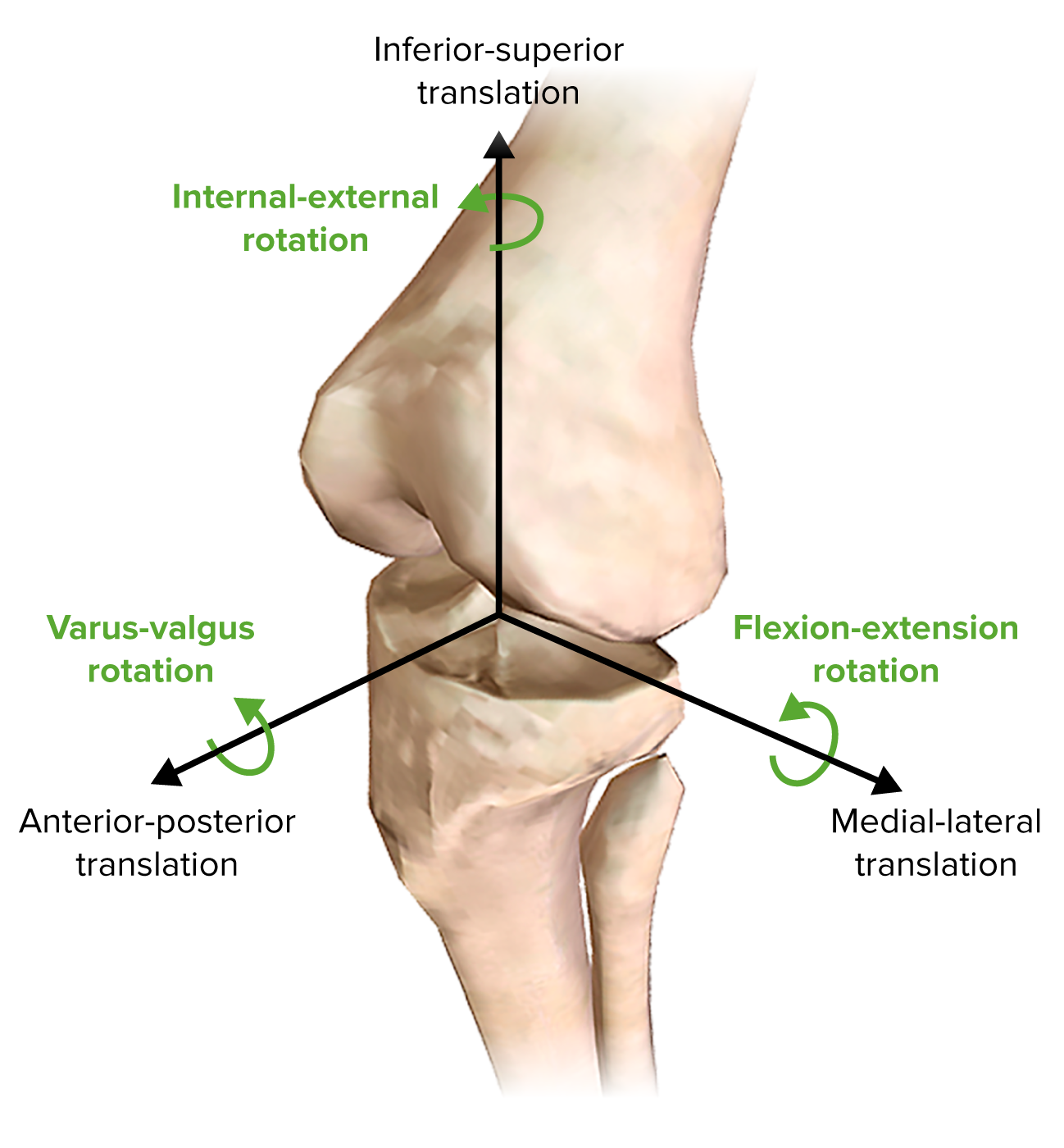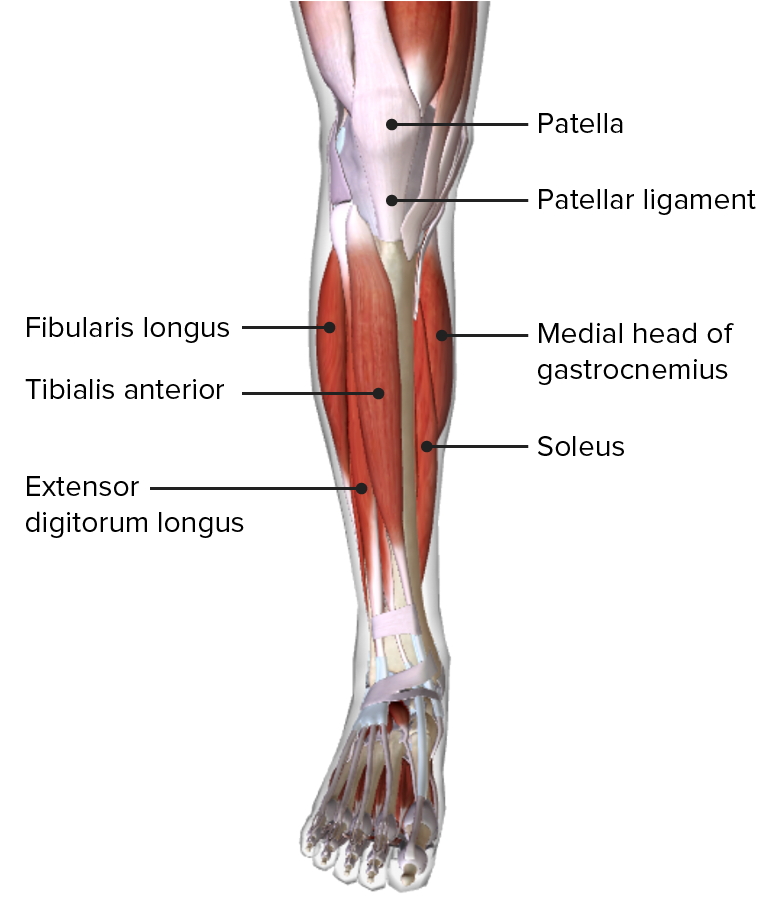Playlist
Show Playlist
Hide Playlist
Tibia – Osteology of Lower Limb
-
Slides 01 LowerLimbAnatomy Pickering.pdf
-
Download Lecture Overview
00:00 to sit in the posterior in the patellar surface of the distal femur. Now let’s have a look at the tibia. Here, we can see we have anterior and the posterior surfaces of the tibia. 00:08 We can see we’ve got a medial malleolus here. And on the posterior surface, we can still see the medial malleolus forming the ankle joints. And we have a fibular surface. This is the surface that you would see if you were standing where the fibula was. We’ll talk, first of all, about the tibial plateau, the proximal part of the tibia. The tibia is larger than the fibula and it’s mostly involved with weight bearing. The articulations occur superiorly between the femoral condyles on the tibial plateau which we can see here, and also, inferiorly with the talus. Here, I mentioned previously the medial malleolus. When the fibula is in place, we have two malleoli, medial and lateral, and they help to form the ankle joint. 00:55 Proximally, we can see we have medial and lateral condyles of the tibia. Here we have a lateral condyle, and here we have a medial condyle. We can see this anteriorly, and we can also see this posteriorly. Here’s the medial condyle and here’s the lateral condyle. 01:13 They are separated by the intercondylar eminence, this small little elevation of bone that sits on top of the tibial plateau and overlies flat surface. Lateral and medial intercondylar tubercles. So here, we can see some lateral and medial intercondylar tubercles forming this intercondylar eminence. As we’ll see, these are important. The shaft of the tibia is triangular in cross-section. The anterior border we find, we have the tibial tuberosity, and then we have this rather sharp anterior edge. The lateral, medial, and posterior surfaces form this triangular shape in cross-section. Here, we have the medial surface running down towards the medial malleolus, and here, we can see the lateral surface forming the sharp anterior border. If we will have the fibular view, then we can see we have this lateral surface here. The anterior edge is here, the anterior border. And then we can see the posterior surface where we have the nutrient foramen for the nutrient artery to pass into the tibia. 02:22 We can also see on this posterior surface, we have the soleal line, and this is important as it’s the site of origin for the soleus muscle. We can see running along the shaft, we have the line for the interosseous border, and that is where the interosseous membrane connects the fibula to the tibia. Distally, we have the narrowing of the tibia before we have this medial expansion, which is the medial malleolus, and we have laterally, the fibular notch. And that allows for articulation with the fibula. In the fibular view, we can see we have this depression here. This fibular notch that has this, the fibula.
About the Lecture
The lecture Tibia – Osteology of Lower Limb by James Pickering, PhD is from the course Lower Limb Anatomy [Archive].
Included Quiz Questions
What is the function of the tibia?
- Weight tolerance
- Locomotion
- Balance
- Posture
- Extension
Where on the tibia is the soleal line located?
- Posterior
- Articulating surface
- Medial
- Inferior
- Superior
Customer reviews
5,0 of 5 stars
| 5 Stars |
|
1 |
| 4 Stars |
|
0 |
| 3 Stars |
|
0 |
| 2 Stars |
|
0 |
| 1 Star |
|
0 |
GREAT LECTURE ???????? first time rating a lecture, I think submitting a detailed review should be optional because maybe I just liked the lecture and wanted to give it a five stars and get back to studying!





